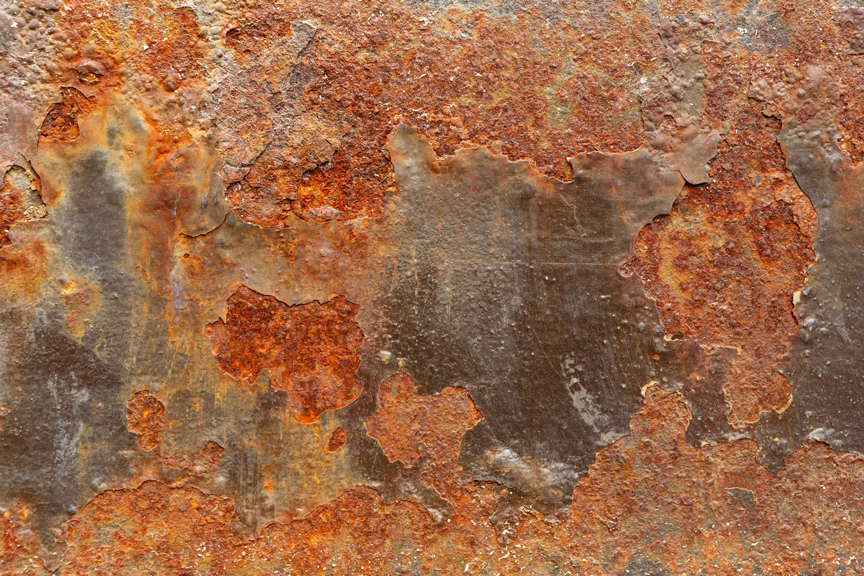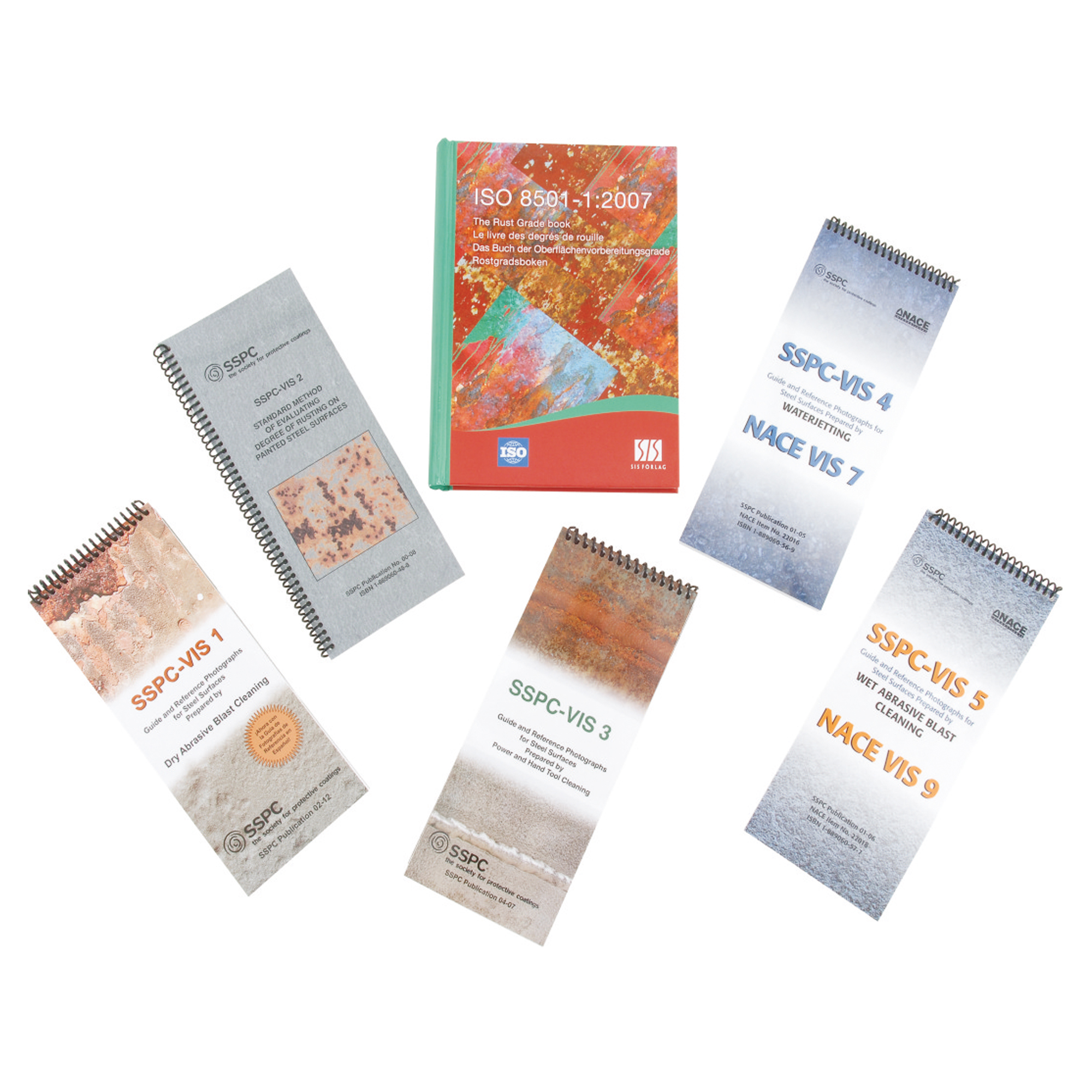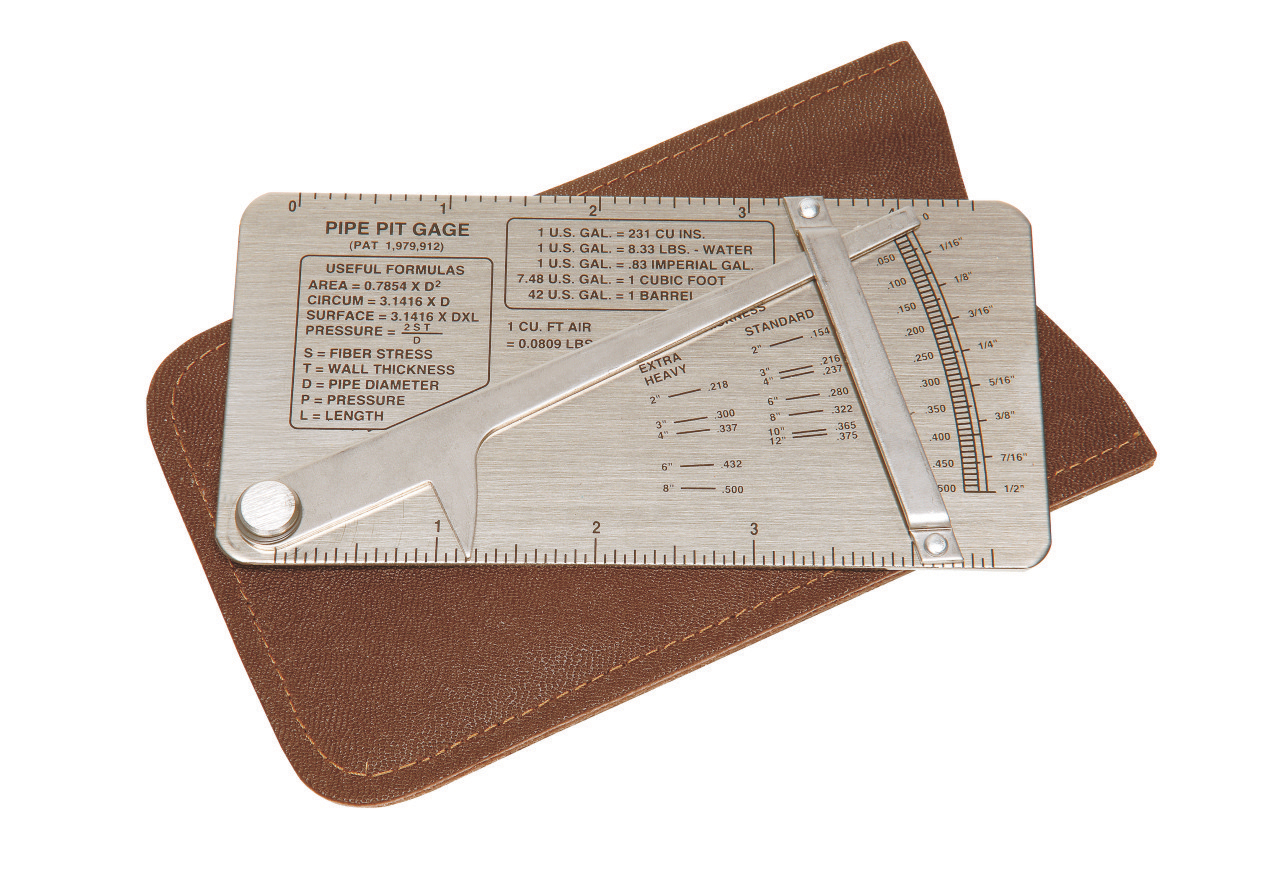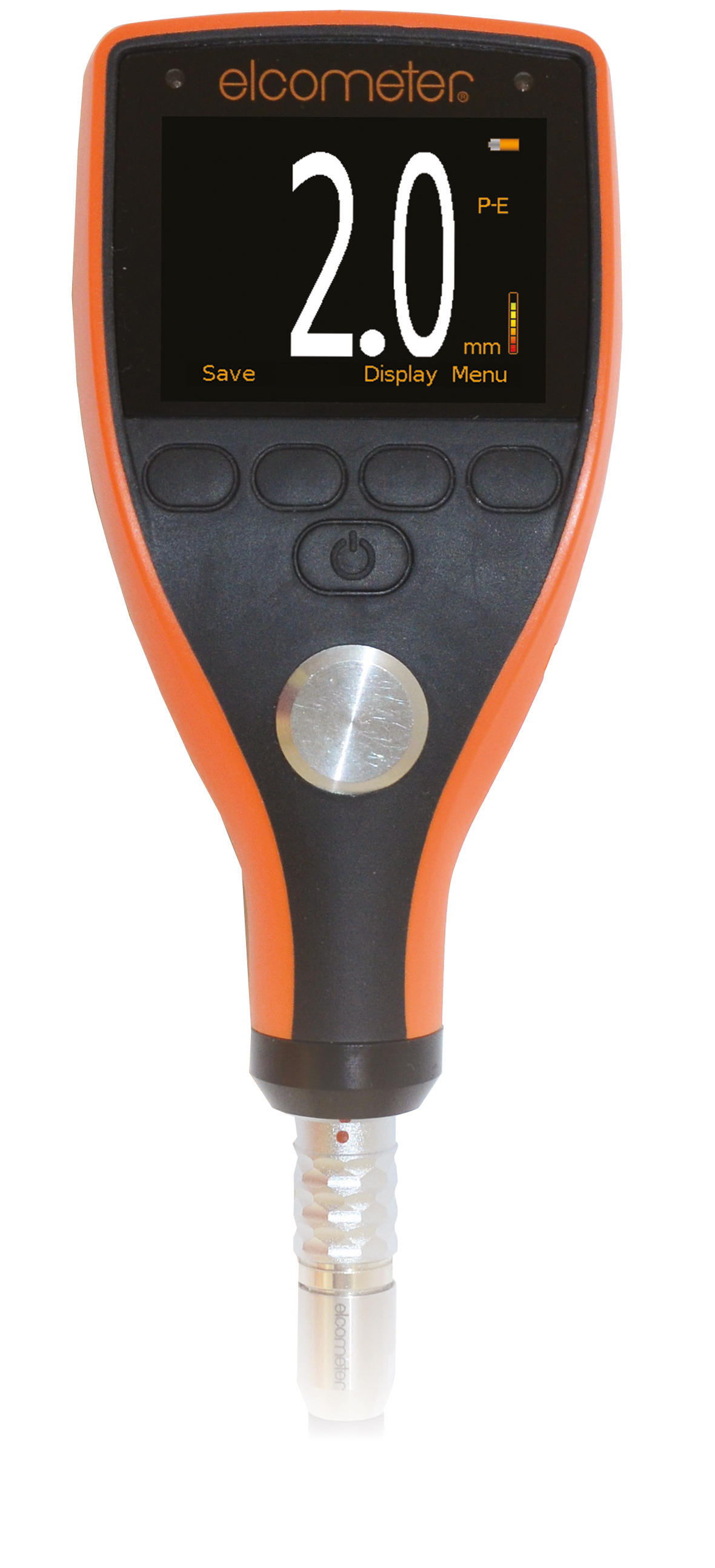
Assessing the Surface Condition
When coating any substrate, the first step is to assess the condition of the surface. This could be an uncoated substrate or one that has been previously coated. In both cases, however, the surface will need to have the correct profile and be free of contaminants.
Mill Scale
When hot rolled steel leaves the rolling mill at approximately 1000ºC (1832ºF), the steel reacts with oxygen in the atmosphere as it cools and mill scale (iron oxide) is produced. This oxide is a blue/grey layer of scale that completely covers the surface of the steel.
In time, moisture in the atmosphere will find its way through small cracks in the mill scale and the steel will begin to rust. The corrosion occurring under the mill scale will expand, pushing the mill scale away from the material, producing a surface that is unsuitable for a coating to be applied.

Determining the Degree of Rust
The amount of rusting depends upon the humidity (dampness) of the environment and length of time the steel has been exposed to it. The Elcometer 128/1 ISO 8501-1 (commonly referred to as the Swedish Rust Standard) describes four categories of “rust grades” for new steelwork as follows:
- Grade A: Steel surface largely covered with adhering mill scale but little, if any, rust.
- Grade B: Steel surface that has started to rust and, from which, the mill scale has started flaking.
- Grade C: Steel surface on which the mill scale has rusted away or can be scraped but with slight pitting visible under normal vision.
- Grade D: Steel surface on which the mill scale has rusted away and general pitting is visible under normal vision.
New steel work normally falls into the first two categories and sometimes into the third category. Removing the mill scale or rust defined by the Swedish Rust Standard will require the substrate to be cleaned using grinding or abrasive blasting.

Note: mill scale only occurs on new steel.
Most modern coatings are not suited to be applied to a mill scaled surface and therefore the mill scale should be removed. ISO 8501-1 outlines a variety of methods and grades of cleanliness. The surface appearance of the steel after blast cleaning and power tooling is referred to in the Standard along with descriptions of the grades of visual cleanliness, together with reference pictures.
The first criteria typically specified is the cleanliness of the surface. Before any work is carried out on the substrate, the condition of the surface is assessed using a visual comparator of the four rust grades outlined in ISO 8501-1 (A,B,C,D).
Before surface preparation, we can use the Pictorial Surface Standards to compare the condition of the surface to the photographic samples in the standard and determine what method of cleaning needs to be done. There are several versions of the pictorial standards. The choice of standard depends on which standard is specified;
- ISO 8501-1 (Swedish Rust Standard)
- SSPC VIS 1-01 (SSPC equivalent to Swedish Rust Standard)
- SSPC VIS-2 (Degree of rusting on painted surfaces)
- SSPC VIS-3 (Hand and Power Tools)
- SSPC VIS-4 (Water jetting)
- SSPC VIS-5 (Wet abrasive)
- BS EN ISO 8501- 4 (High pressure water jetting)
- ASTM D 2200 - 08 (Standard Practice for Use of Pictorial Surface Preparation) (Standards and Guides for Painting Steel Surfaces)
- IMO MSC 215 (82)
- IMO MSC 244 (83)
- US Navy NSI 009-32
- US Navy PPI 63101-000
Determining the Degree of Pitting
Existing structures or substrates that have been left uncoated for prolonged periods may have a high degree of corrosion. Deep areas of corrosion are referred to as pits. To determine how deep the corrosion has progressed into substrate, a pit gauge such as the Elcometer 119 Pipe Pit Gauge can be used.
Determining the Substrate Thickness
When undertaking re-coating or maintenance work, it is important to establish the material thickness of the substrate. Assessing the substrate’s ‘material thickness’ will determine whether care needs to be taken to avoid weakening pre-existing structures. This often leads to more costly, manual hand cleaning. Alternatively, the substrate could be replaced before being re-coated.
It is important to note that whilst the external surface of a structure/coating may appear to be sound, corrosion and/or erosion may have been taking place on the internal surface. The material/wall thickness can be measured through the use of ultrasonic thickness gauges.
Need Support with Assessing the Surface Condition?
Without assessing the surface condition as part of the preparation process, how can you gaurantee a straightforward and successful coating application? To make sure you've accurately checked the condition of your surface, we have a range of equipment available to help you comply with Standards.
Alternatively, if you'd like to speak to an Elcometer professional for support, you can get in touch by finding your nearest distributor and using the contact details available.


